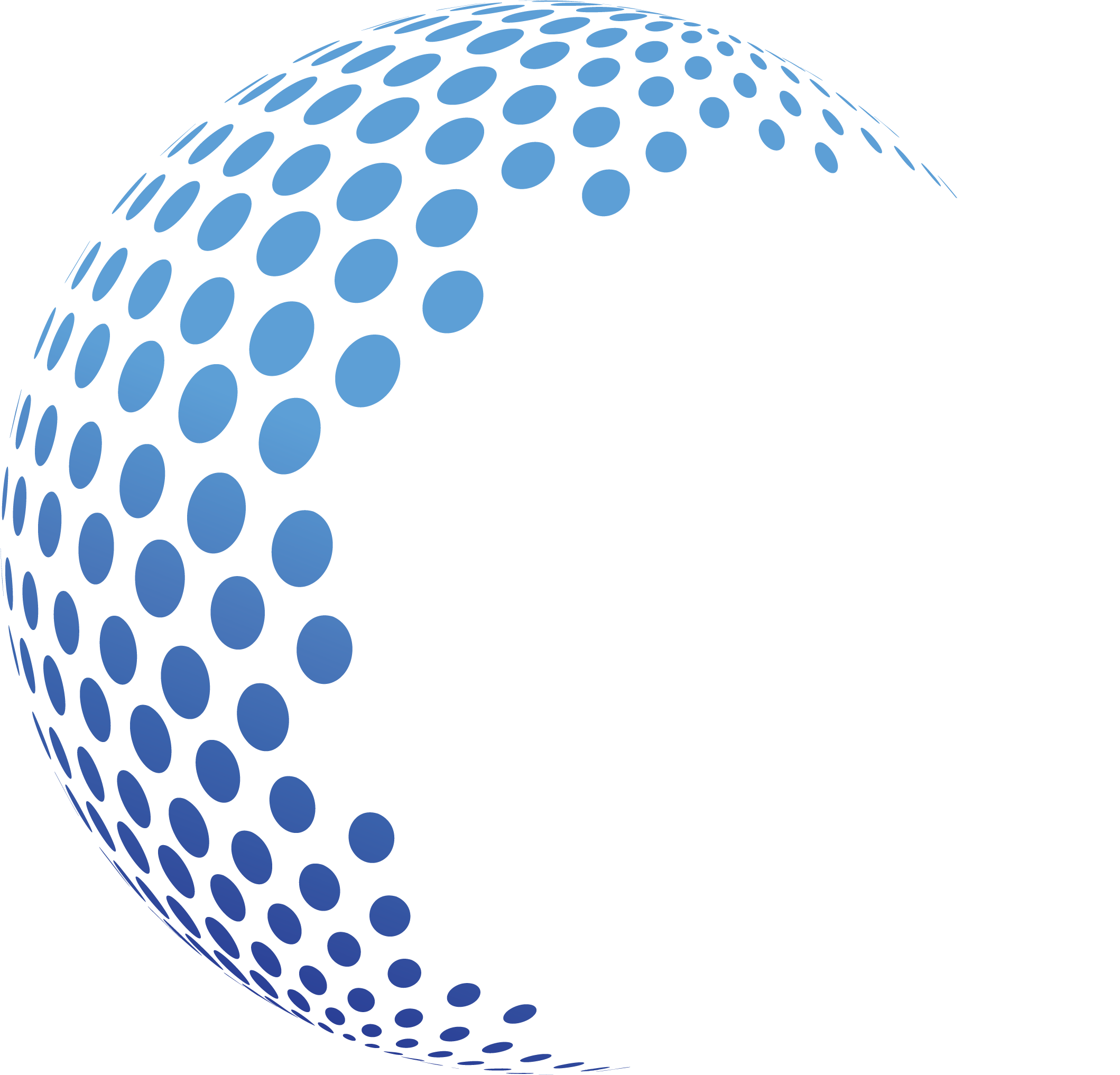Space Treaties and Principles
INTERNATIONAL LAW IN OUTER SPACE In addition to the United Nations Charter, five treaties negotiated at the UN Committee on the Peaceful Uses of Outer Space (UN COPUOS) are considered to form the basis of international space law. The Treaty on Principles Governing the Activities of States in the Exploration and Use of Outer Space,
